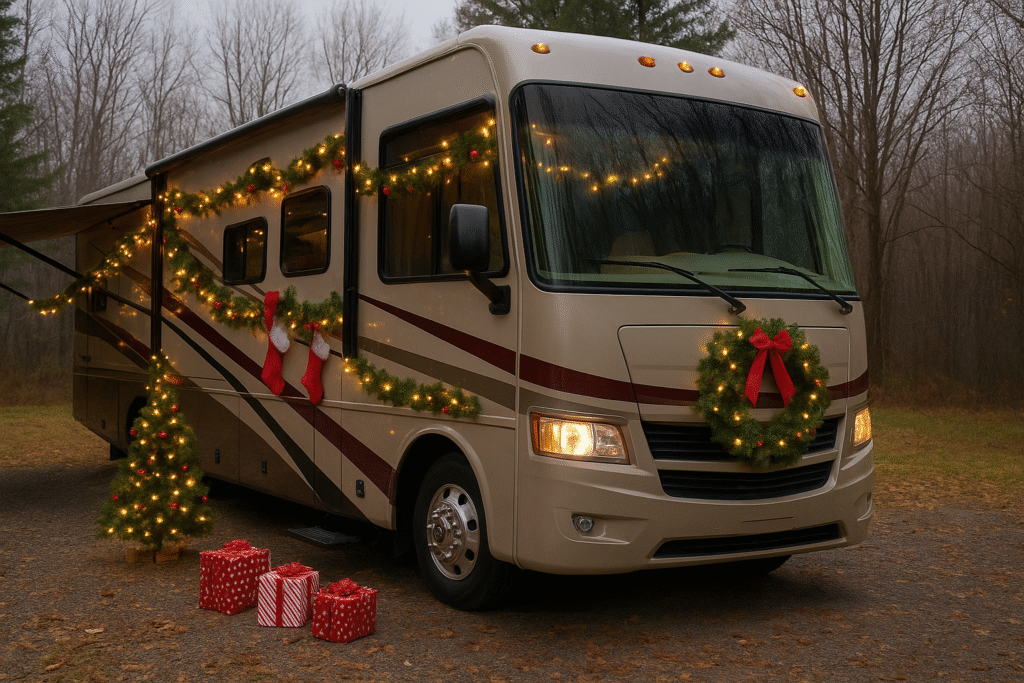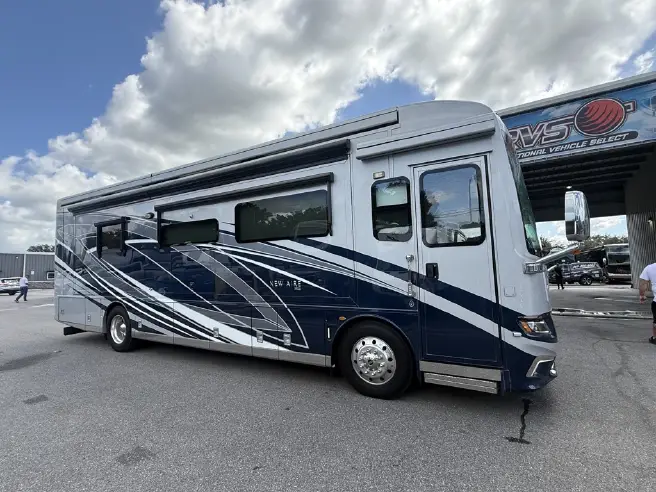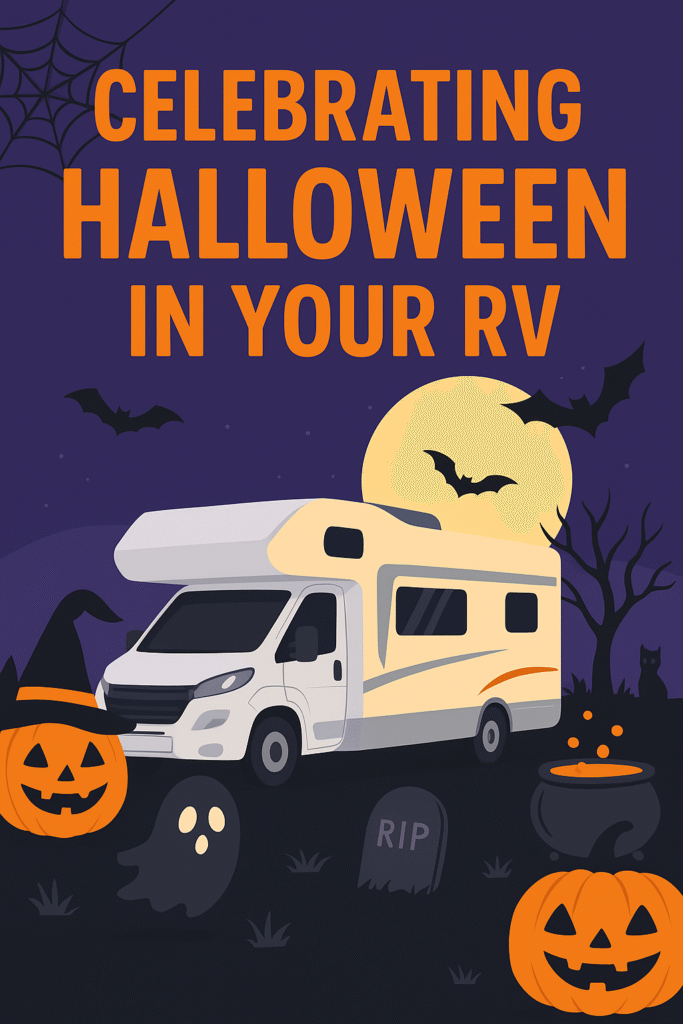For lots of people familiar with the RV lifestyle, traveling in a rig often involves setting up in a campground somewhere, with hookups for water and power and maybe even some entertaining amenities, such as a swimming pool, recreation room, or café. But for some other folks, boondocking is the only way they RV.
Boondocking, also known as dry camping, is a method of camping in which your RV is not connected to electricity, nor is it hooked up to a water supply. It is often done out in the wilderness, on long stretches of uninhabited lands and other quiet and undeveloped places, but dry camping can really be done anywhere. While boondockers must pre-plan extensively and be self-sufficient to live comfortably out in secluded areas, the trade-off is worth it – they ideally get to experience true peace and solitude in untouched, natural beauty.
If you’re considering boondocking, you probably have a lot of questions, concerns, and maybe even some misconceptions about that style of camping. But as they say, knowledge is power, so read on to learn about what you’ve always wanted to know about boondocking:
- Any RV is suitable for dry camping – Yes, it’s true. Tiny trailers and truck campers are not the only rigs that can be used for boondocking. Of course, a 40-plus-foot motor coach won’t be able to fit in the same wooded spots as some of the smaller RVs can, but you can boondock in your luxury coach, Class B van, or fifth wheeler if you want to.
- You should scout your location in advance – Before you start charging through any terrain in your RV, it’s best to do some scouting legwork first. If you have a tow vehicle or one that you’re towing, take a ride out to the spot you want to set up camp. Check to make sure that the ground can support the weight of your rig and that you won’t be blocking roads or throughways. When possible, it’s best to use campsites that have already been used before rather than disturbing vegetation or wildlife to create a new spot.
- You should assess your electricity needs in advance – Boondocking means you won’t have access to shore power, so you’ll need to consider the drainage on your battery to complete everyday tasks. Before you head out for dry camping, test your electrical usage by unplugging the rig and monitoring the battery as you perform regular tasks. Once you have an idea of how much electricity you might use on a day-to-day basis, you can configure your power strategy for boondocking, whether that means investing in an extra battery to use along with your generator or adding a few solar panels to your vehicle.
- Plan to treat neighbors and local wildlife with respect – When out in the wilderness, you may think that you can be as loud as you want, but that’s not necessarily true. There may be other campers out there trying to enjoy nature and quiet, too. So be mindful of any neighbors you may have nearby. That also applies to any wildlife that may be living near your campsite. Remember, you’re in their habitat, so be careful to not disturb or harm animals you may encounter. And always leave your campsite cleaner than when you arrived.
Above all, be aware of the rules and regulations of the land on which you’ll be dry camping. Whether you plan to stay on public or private property, make sure that you talk to the owners or caretakers, pay any associated fees, and be respectful of the rules in place.
Want to learn more about boondocking in your RV? Contact us today!




